The first of our two days in Vietnam saw our cruise ship Diamond Princess docked in Chan May and us off that and onto a coach pretty early for a full day’s excursion to see some of the historical sites in and around the city of Huế (pronounced hway). During the nineteenth century and the first half of the twentieth century Huế was the capital city for the Nguyễn dynasty but for people with an interest in warfare it’s probably most famously connected with the long siege, bombings, and massacre that took place there during the Vietnam War. It’s because of that war and because of strikes during World War 2 some decades earlier too that a lot of what was originally in the city had been damaged or destroyed or, following the communist rise to power in the wake of the war, neglected as relics of a feudal period. But plenty had survived and some restoration work in recent years for historical and tourism reasons had taken place and one of those places, the Imperial City, was the main thing we wanted to see during our trip.
Even though I’m going to be mostly referring to this Vietnamese historical site as the Imperial City it’s really three structures, one inside another. The outermost structure is the Citadel comprising the thick walls and moat. Inside that and through ornate gateways is the actual Imperial City. Within the city is another, originally walled off area called the Purple Forbidden City, reserved for the Emperor and family.
Unlike its counterpart in Beijing the Imperial City is not aligned to face north-south but rather on a northwest-southeast direction in order to make use of the Perfume River‘s natural course as the first layer of defence. The city has a number of entrances and our tour would take us in through the main one in the centre of the southeast wall. The first thing we saw was the clearly defensive fortifications of the Citadel across the moat fed by sluice gates from the nearby river.
Over the moat and inside the Citadel walls via the Ngan Gate we then stopped by the Holy Cannons. There are nine of these in total set up in two lines of four and five where the group of four (nearest the gate we came in through) represent the seasons and group of five represent the elements (fire, water, earth, wood, and metal). Made of brass and about five metres in length the cannons are ceremonial and have never been fired.
We then walked towards the beautiful Cửa Ngọ Môn (or Noon Gate) to enter the Imperial City. Opposite the gate was the imposing presence of the Flag Tower.
The Trung Dào bridge passed over the Thai Dich lake and took us to the first building, Điện Thái Hoà (the Palace of Supreme Harmony). This palace was built in 1806 for the coronation of Emperor Gia Long and houses the throne that was the seat of power for thirteen emperors in Vietnam.
Beyond the Palace of Supreme Harmony we were effectively in the Purple Forbidden City. A large courtyard area that we first entered was flanked on either side by two buildings called Ta Vu and Huu Vu. While the buildings looked identical from the exterior they both served different purposes with Ta Vu dedicated to art and Huu Vu dedicated to military matters.
We then headed roughly northwards passing through two large courtyard areas known as the Can Chanh and Can Thanh palaces. The Imperial City at Huế attracted a decent number of visitors other than just our tour group but the wide openness of this area lent everything a quiet, peaceful look and feel right up until you looked more closely at the walls and ground where signs of past warfare – bullet holes for the main part – still lingered. It had a transformative effect, taking the tranquility and fashioning it into ghostliness.
It’s also worth noting – although it should be obvious from the photos – but there was very little shade in this area. Whereas we’d been hiding in the shadows of tree canopies or behind walls when we could this clearly wasn’t possible out in the open courtyards when our guide was pointing out interesting buildings he was describing. Just before we’d entered the Citadel at the start of the tour we’d been standing beside our local guide when he pulled out a handkerchief to mop his own brow and turned to us mentioning it was surprisingly hot and humid during our visit on that day. We replied that we’d noticed with a smile but if it’s hot for a local then you know it’s really hot.
Turning roughly westwards we then proceeded down the Long Corridor, a covered walkway in bright red that reminded us of the Temple of Heaven in Beijing, albeit without any singers and musicians.
This brought us to Cung Diên Thọ, a couple of buildings used as residence and dining locations for the Emperor’s mother. Just beyond them was the western moat and the area had some well-tended gardens too. A very attractive spot indeed with some very nice decorative stonework on the buildings and walls. The main building housed some artifacts of historical note and there was also a small souvenir shop located here where we picked up a few bits and pieces. I can’t remember for sure because we had some and didn’t check but it was a small enough location that I think you need local currency here; I might be wrong, though.
After giving everyone time to pick up souvenirs and use the nearby toilets if they had need of them (and hadn’t simply sweated out any bodily fluids already like we had) our guide then led us on a roughly clockwise walk around the northern end of the Imperial City then back down towards the palace courtyards and into another walled-off area just to the southeast of them which was the location of the Royal Theatre. This is the oldest working theatre in Vietnam and was originally just for the Emperor’s family (as you could probably have guessed) though it’s possible these days to watch plays inside. The interior was restored in 2004 to be a faithful reproduction of the original design from 1826. We had enough time to look inside had we wanted to but it was a little crowded in this area and required us to take off our shoes and, quite frankly, we weren’t sure we’d be able to get them back on again thanks to the heat of the day if we’d tried.
This concluded our visit to Huế Imperial City so we left by the nearest exit which was the East Bastion Gateway, a gorgeously ornate piece of architecture as I’m sure you can see from the photos below.
Crossing the moat surrounding the Citadel we turned right and headed back towards the main road roughly to the south of the Imperial City and towards where our coach had parked up to wait for us. One final point of interest along this stretch of road – although we didn’t have any time to take a look at it on this organised excursion – was the Huế Historical Museum, an open air display of military machines: tanks, guns, helicopters, planes. If you’re at all interested in the Vietnam War aspects of history as they apply to Huế then this looked well worth a quick visit although it was possible to see quite a lot of it just from the roadside where we were.
In the next post I’ll cover the second historical site we viewed on this cruise excursion, that of the Thien Mu Pagoda (Pagoda of the Celestial Lady).

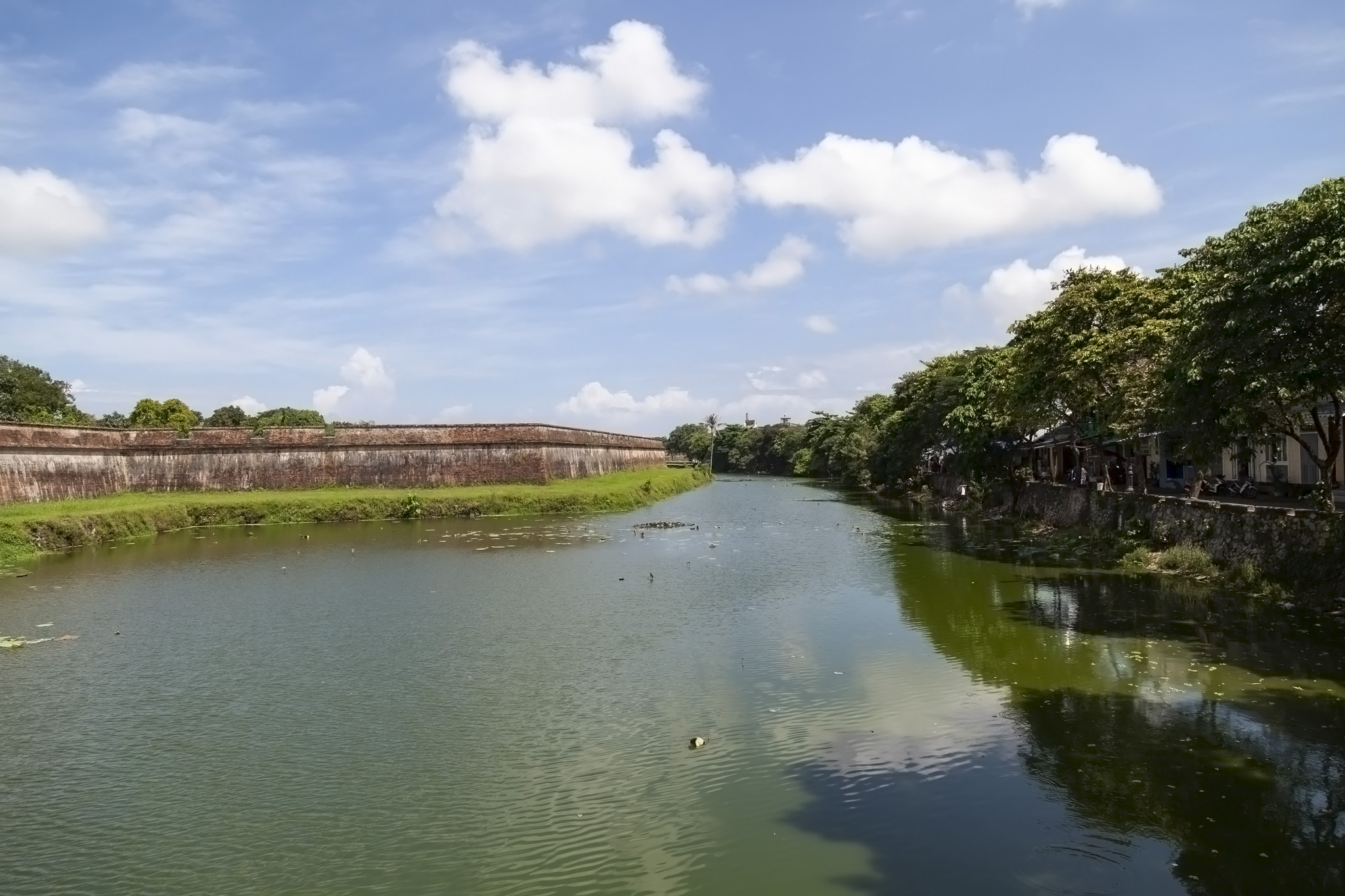








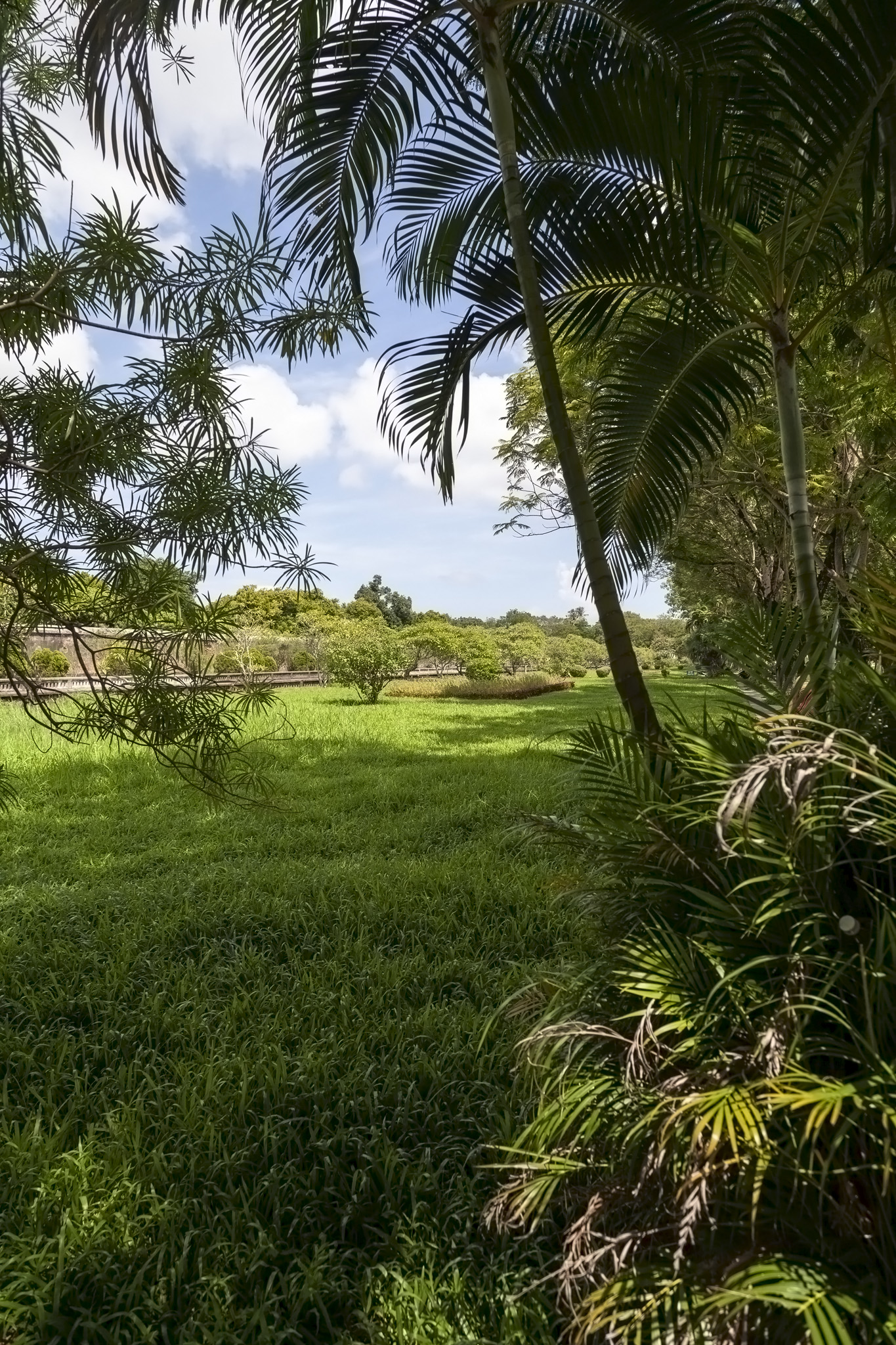


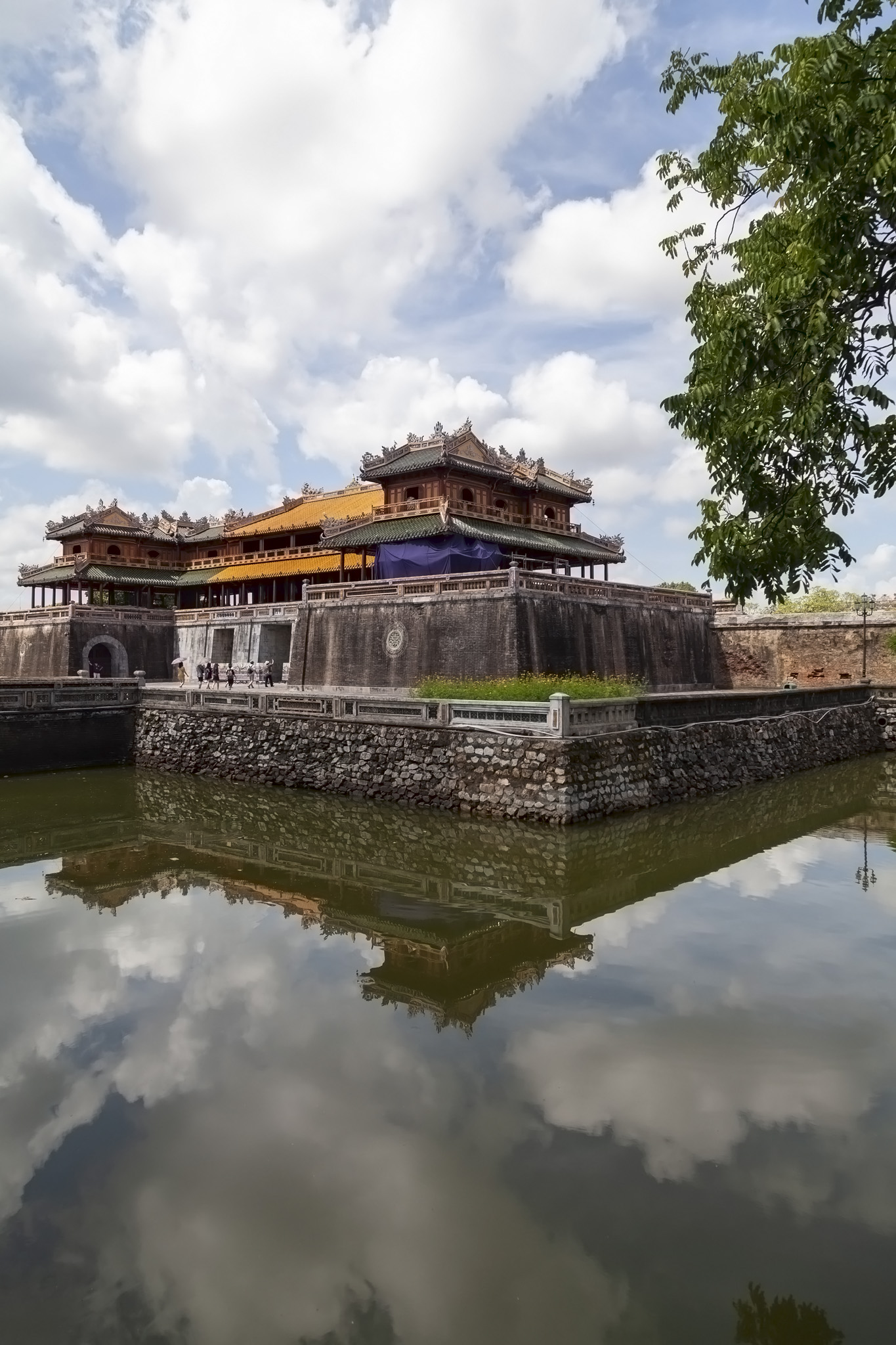

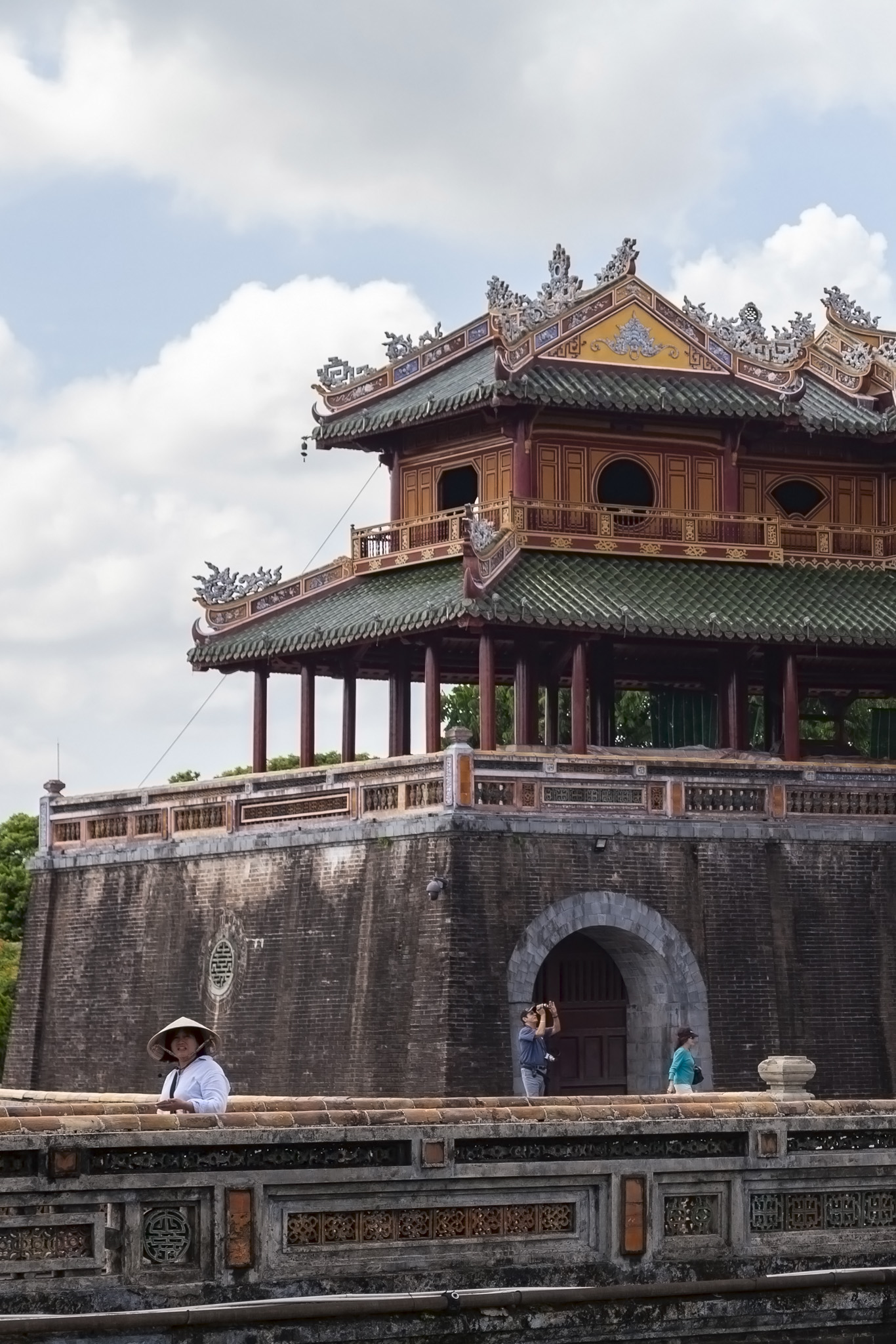
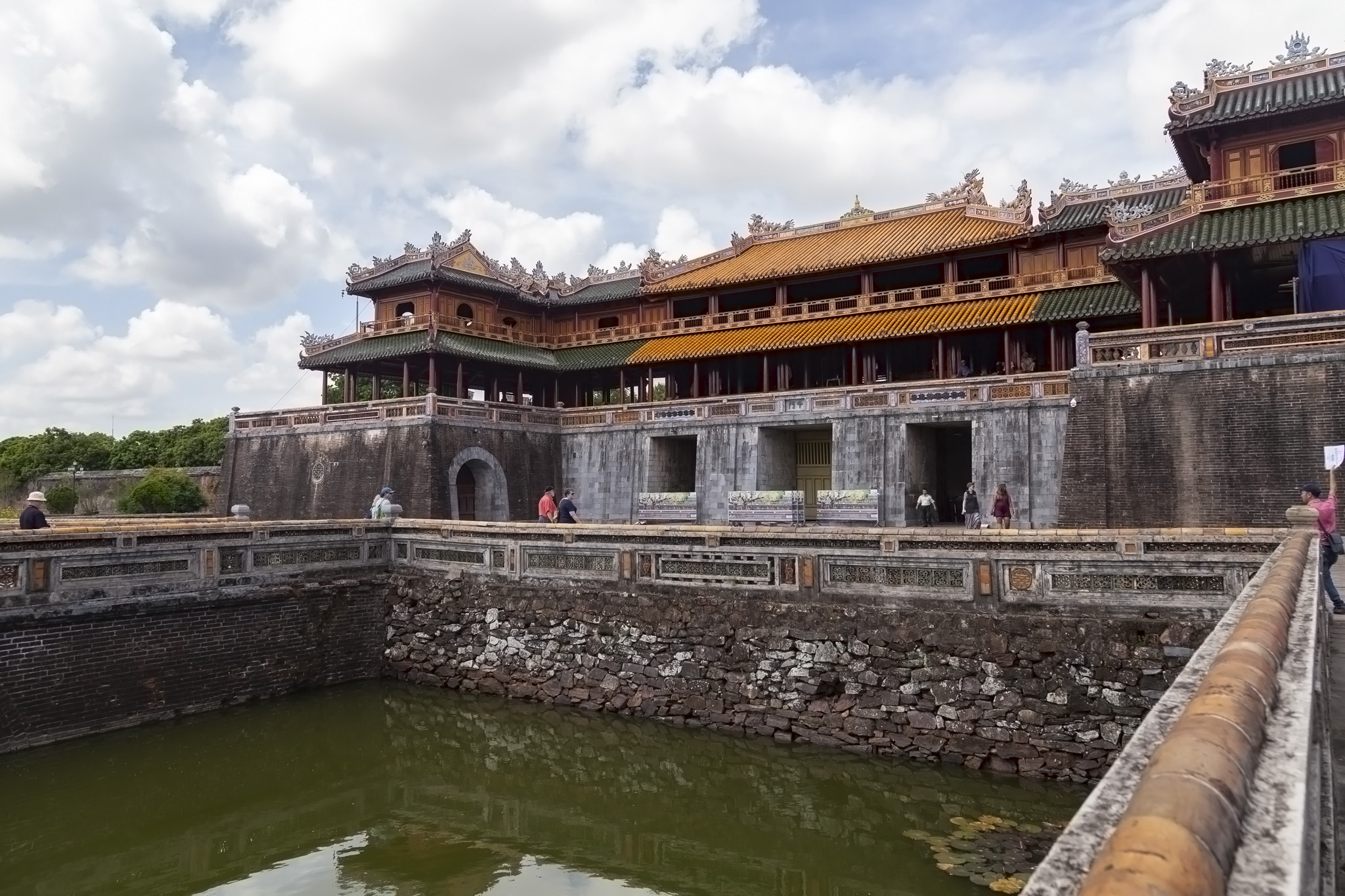
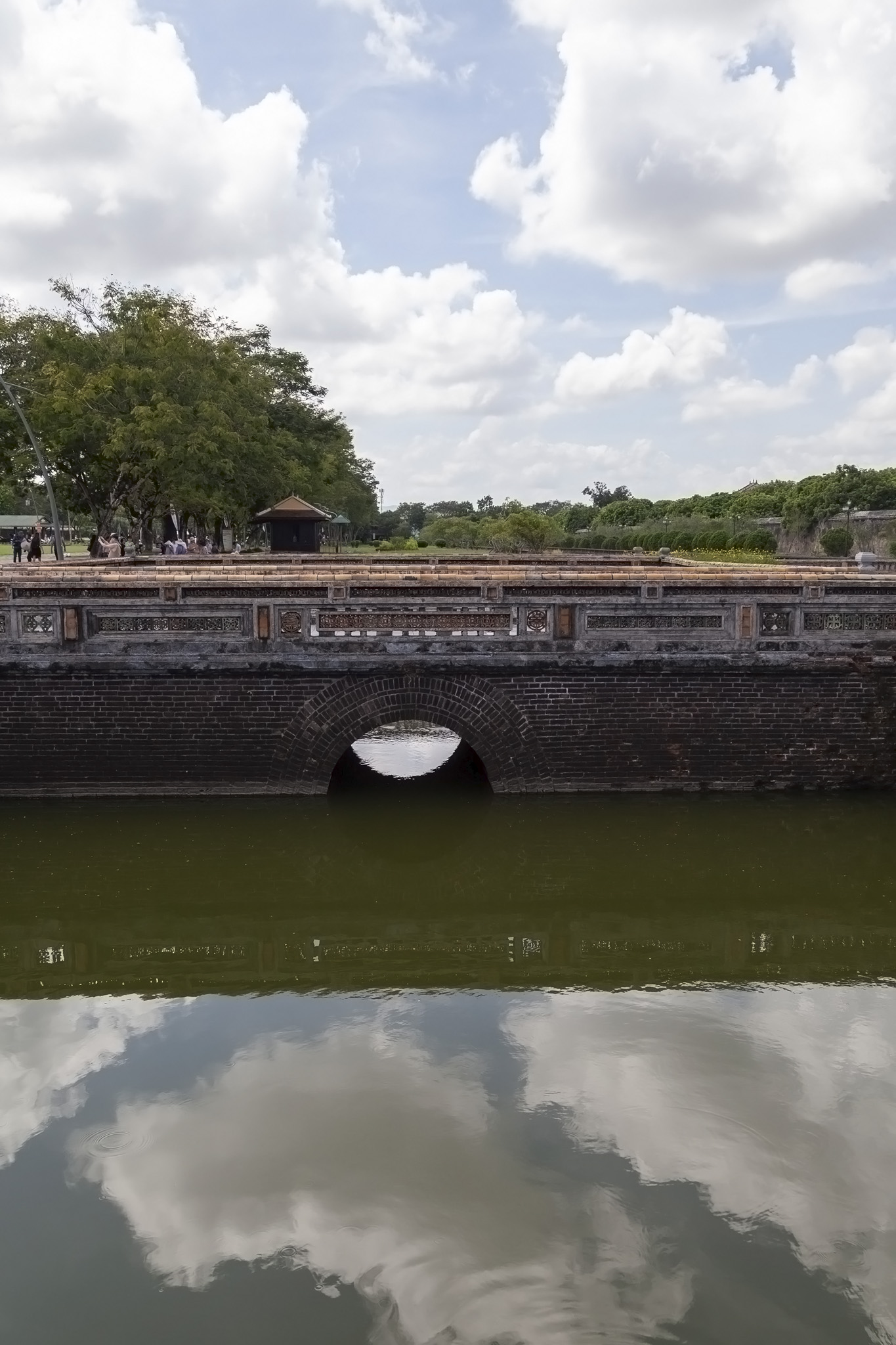


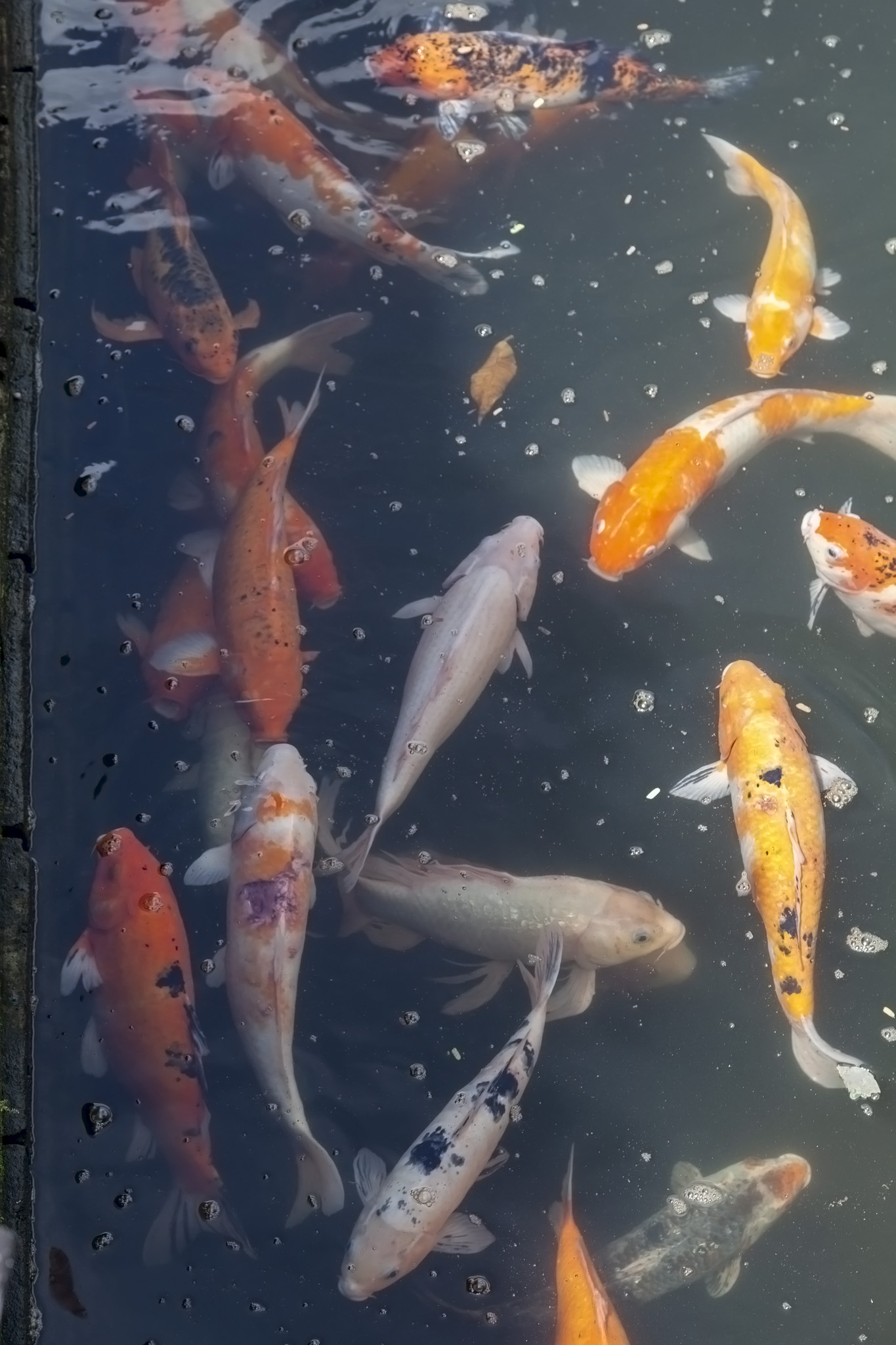
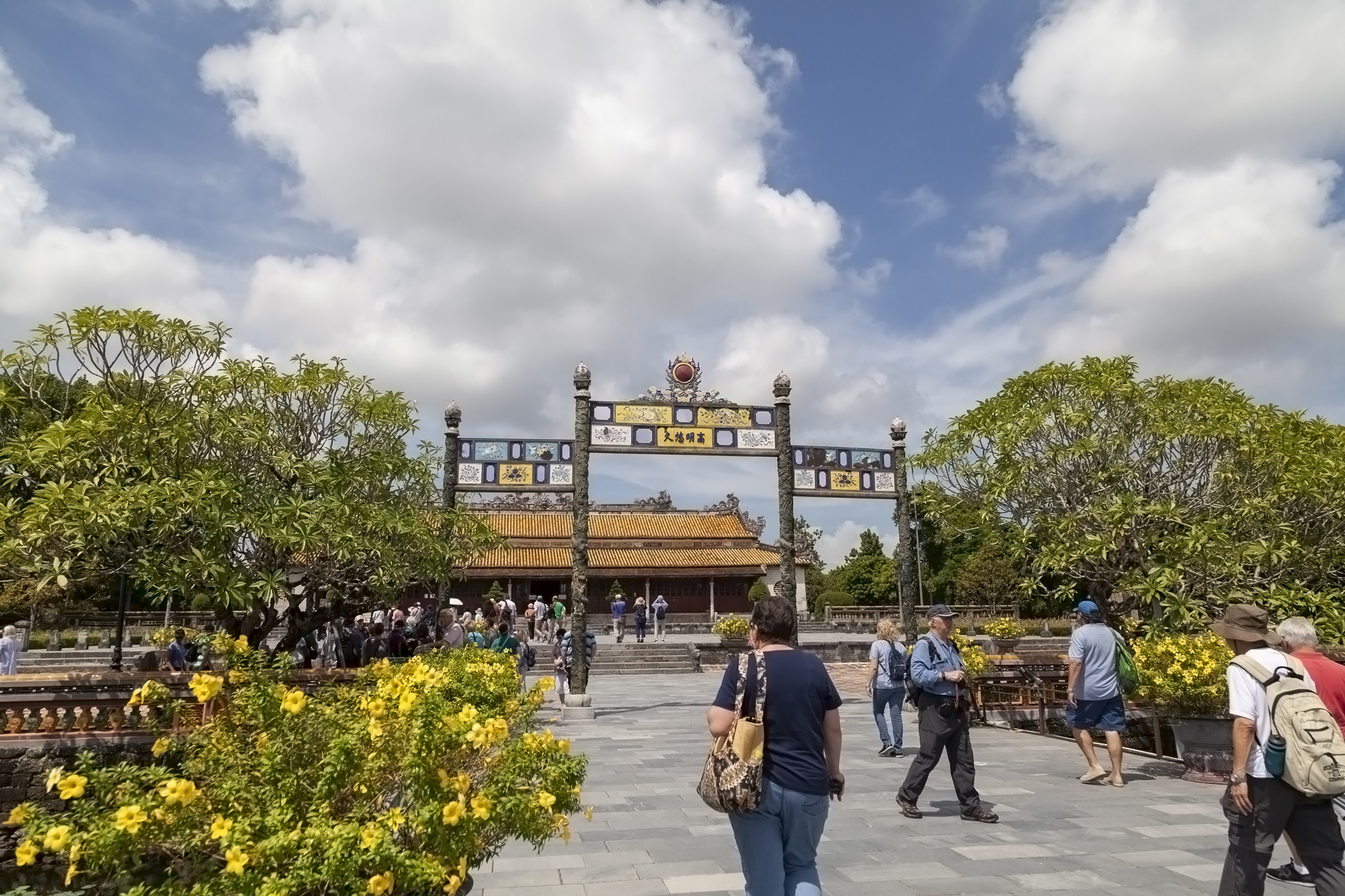


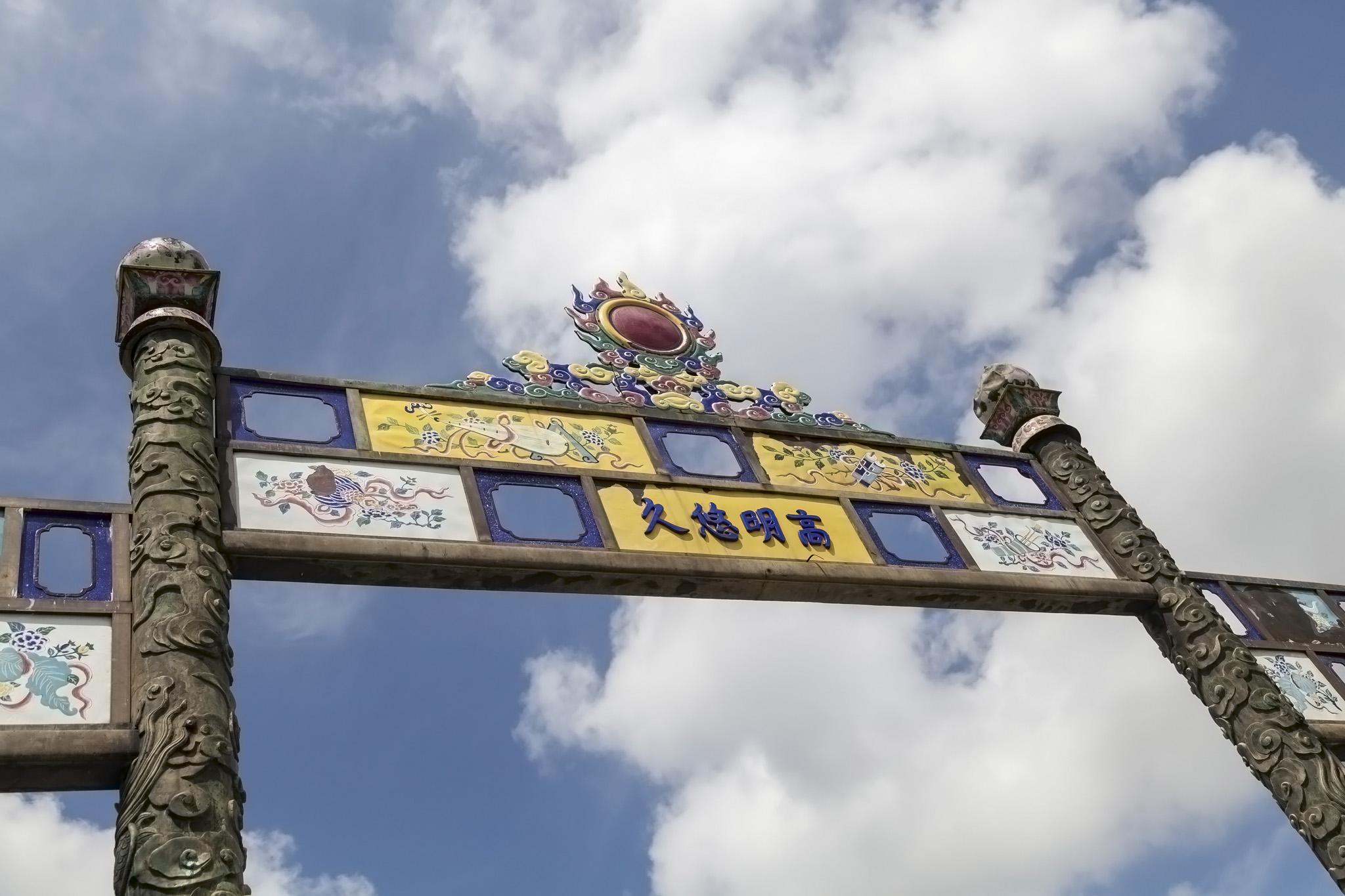
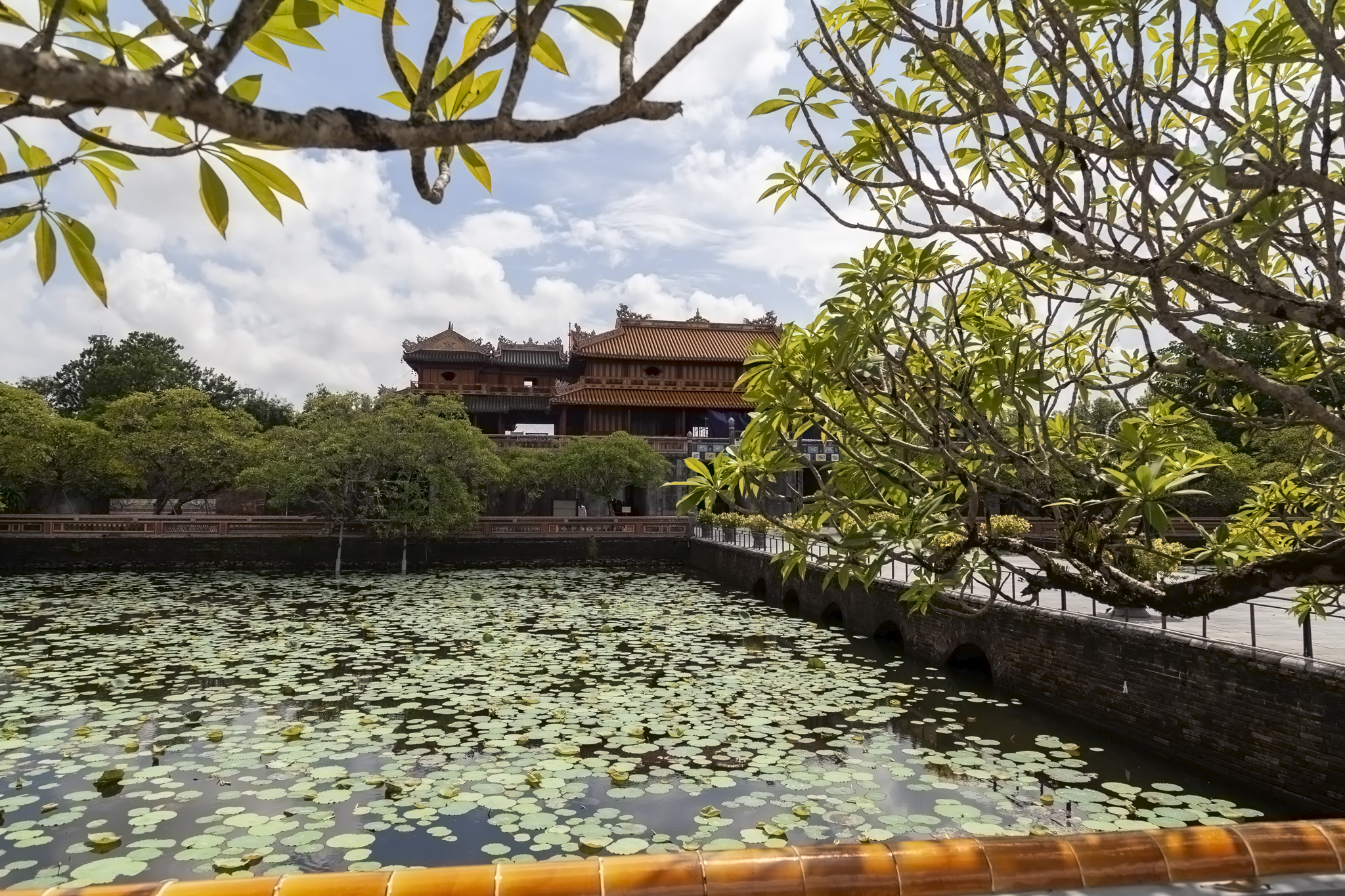
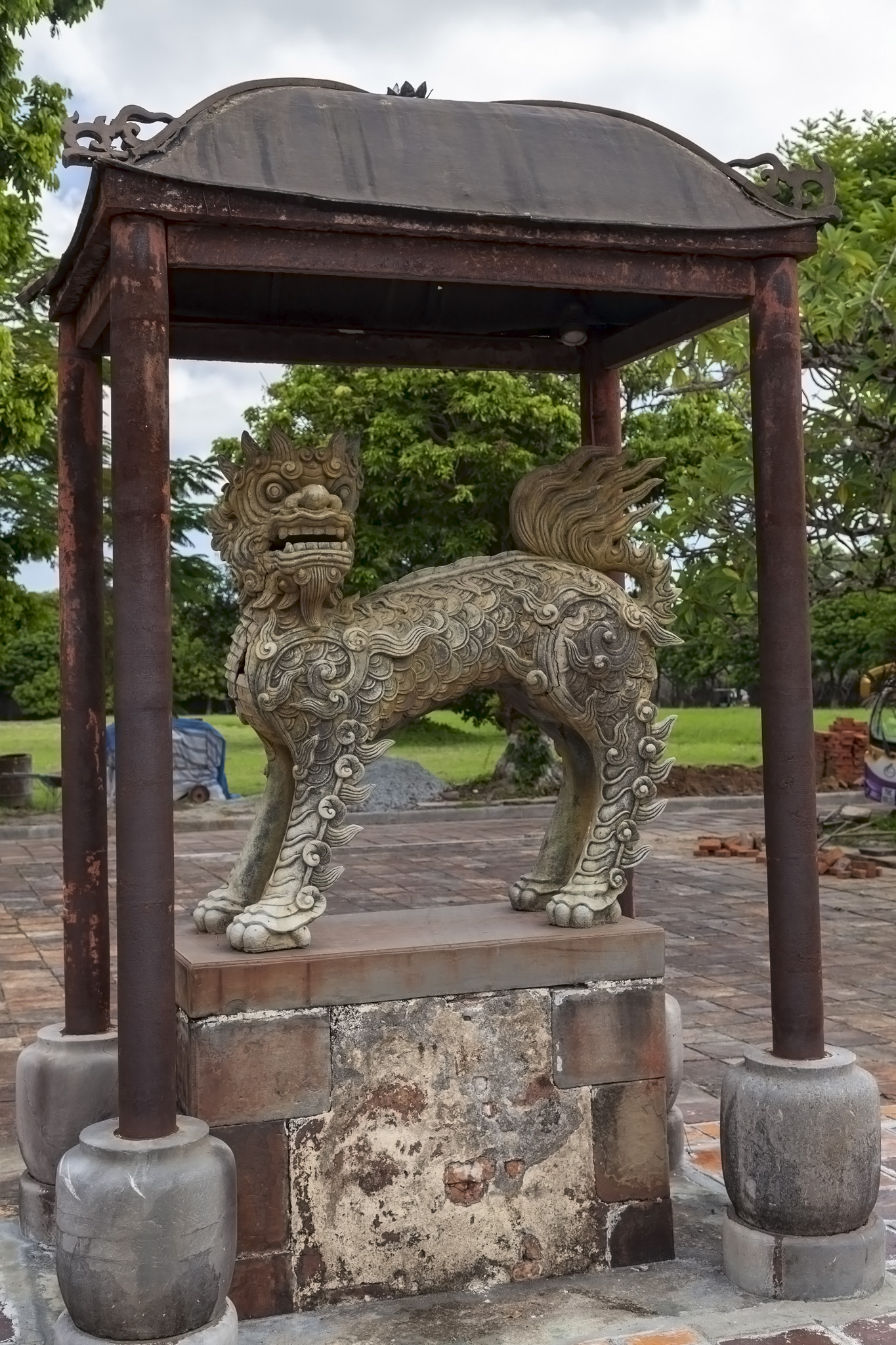

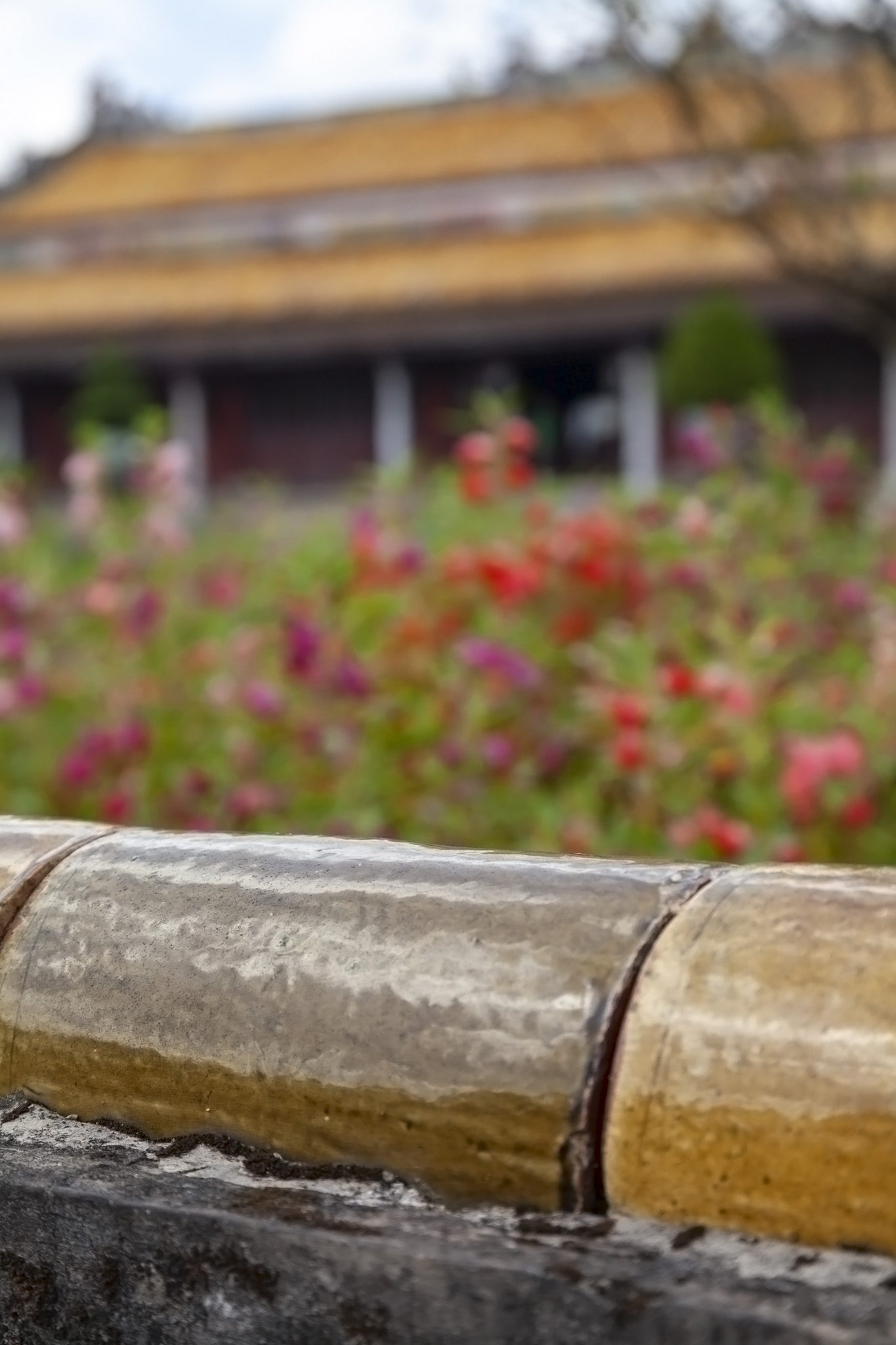


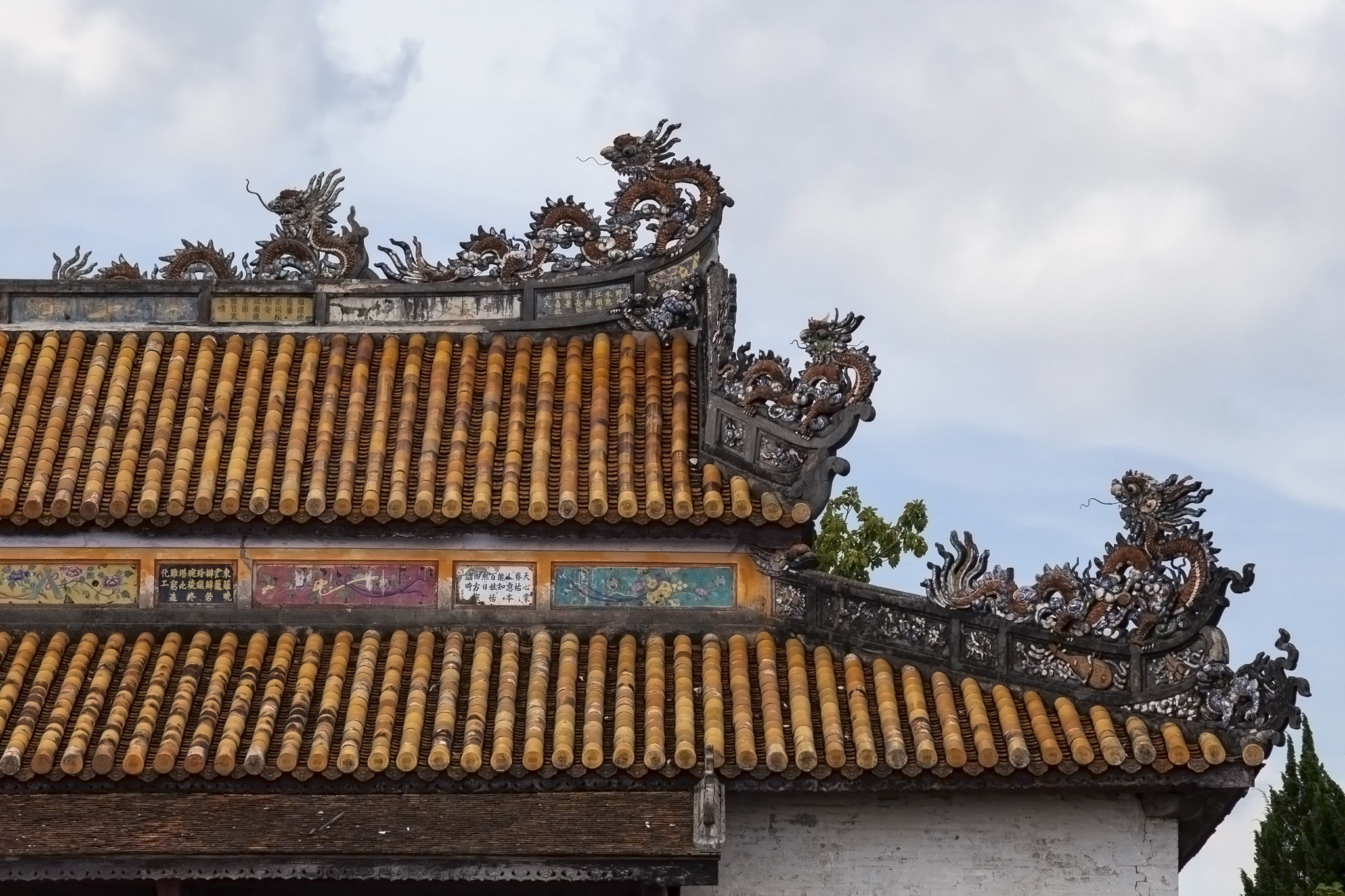

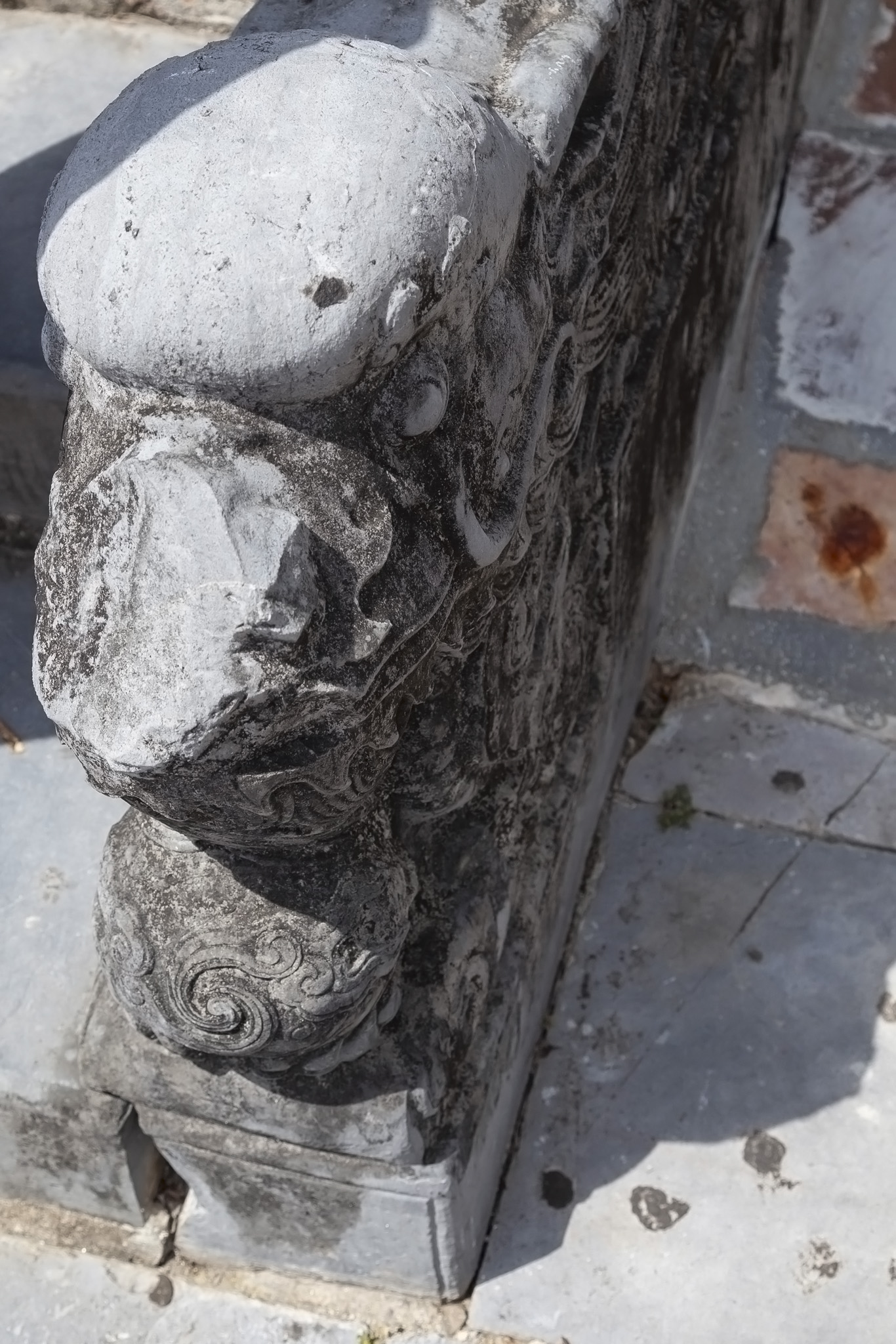




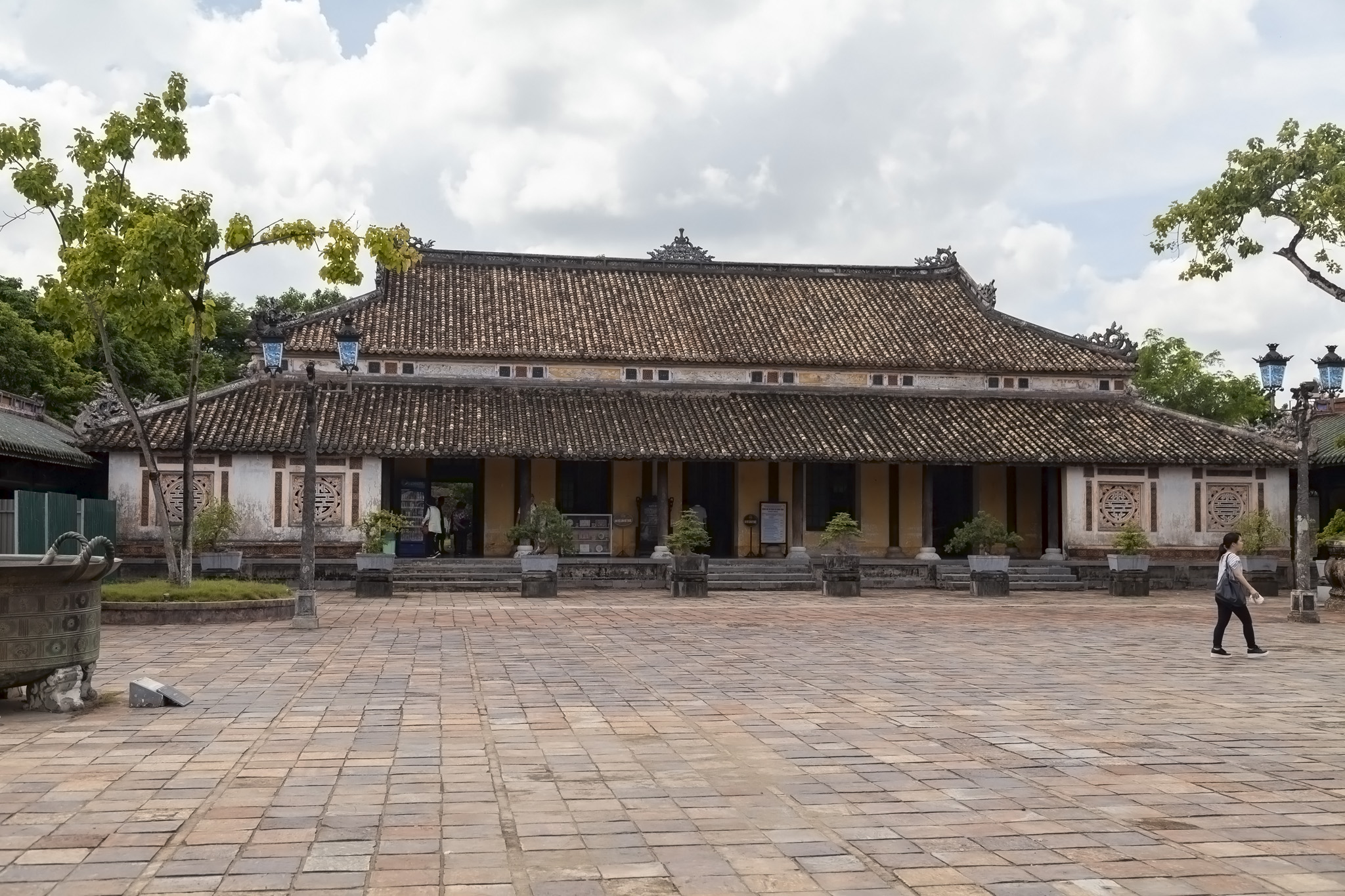



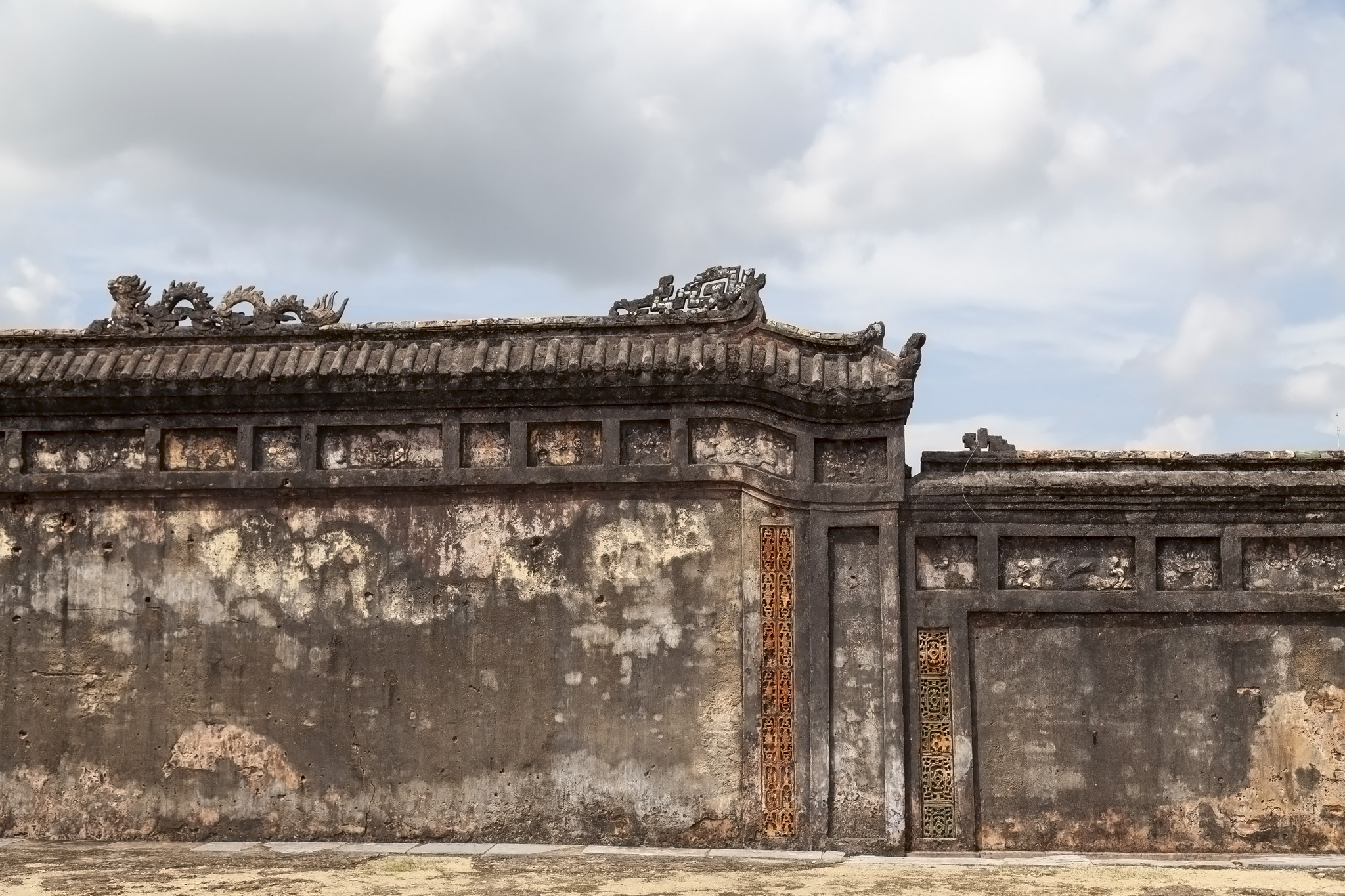
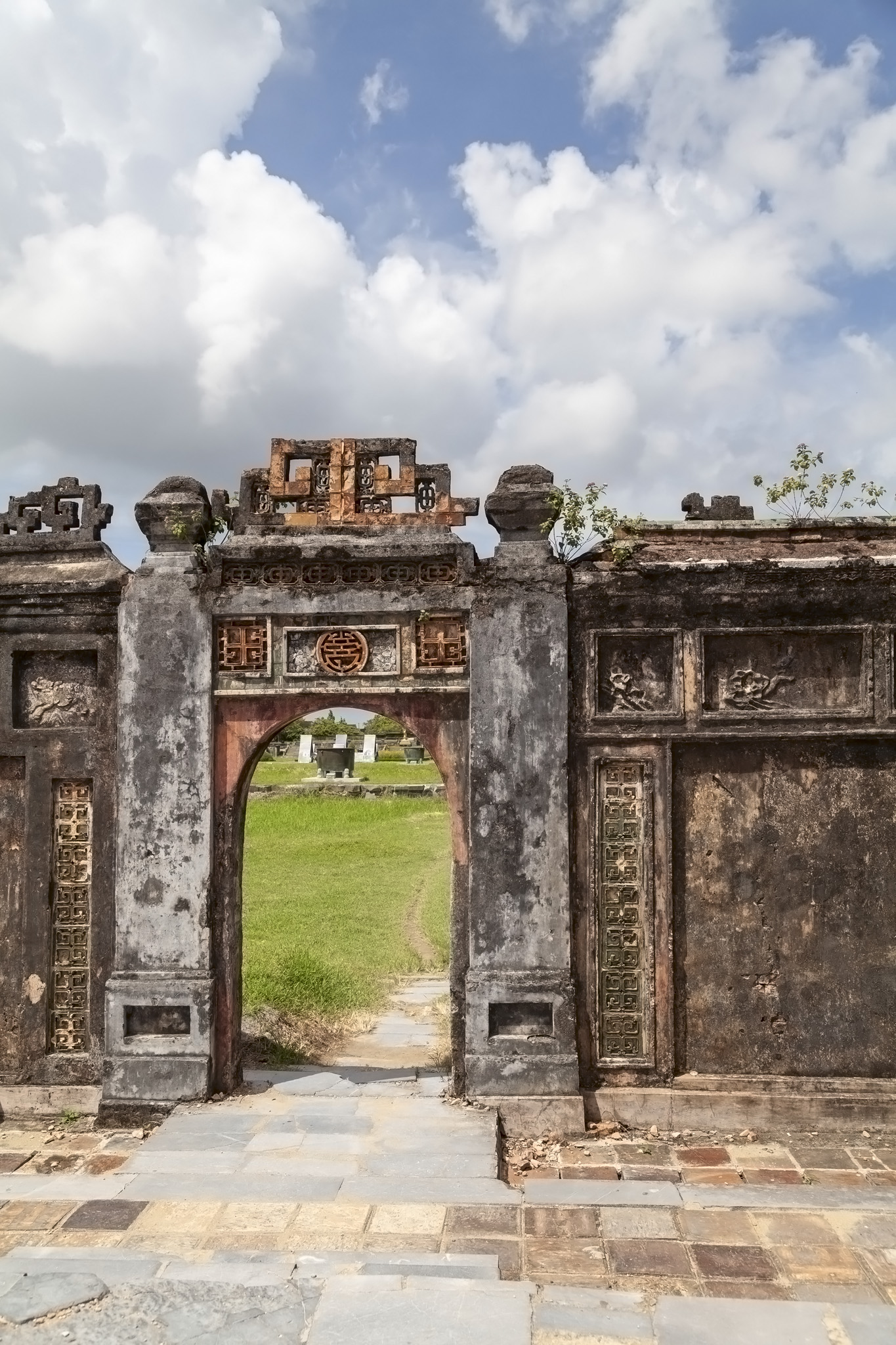








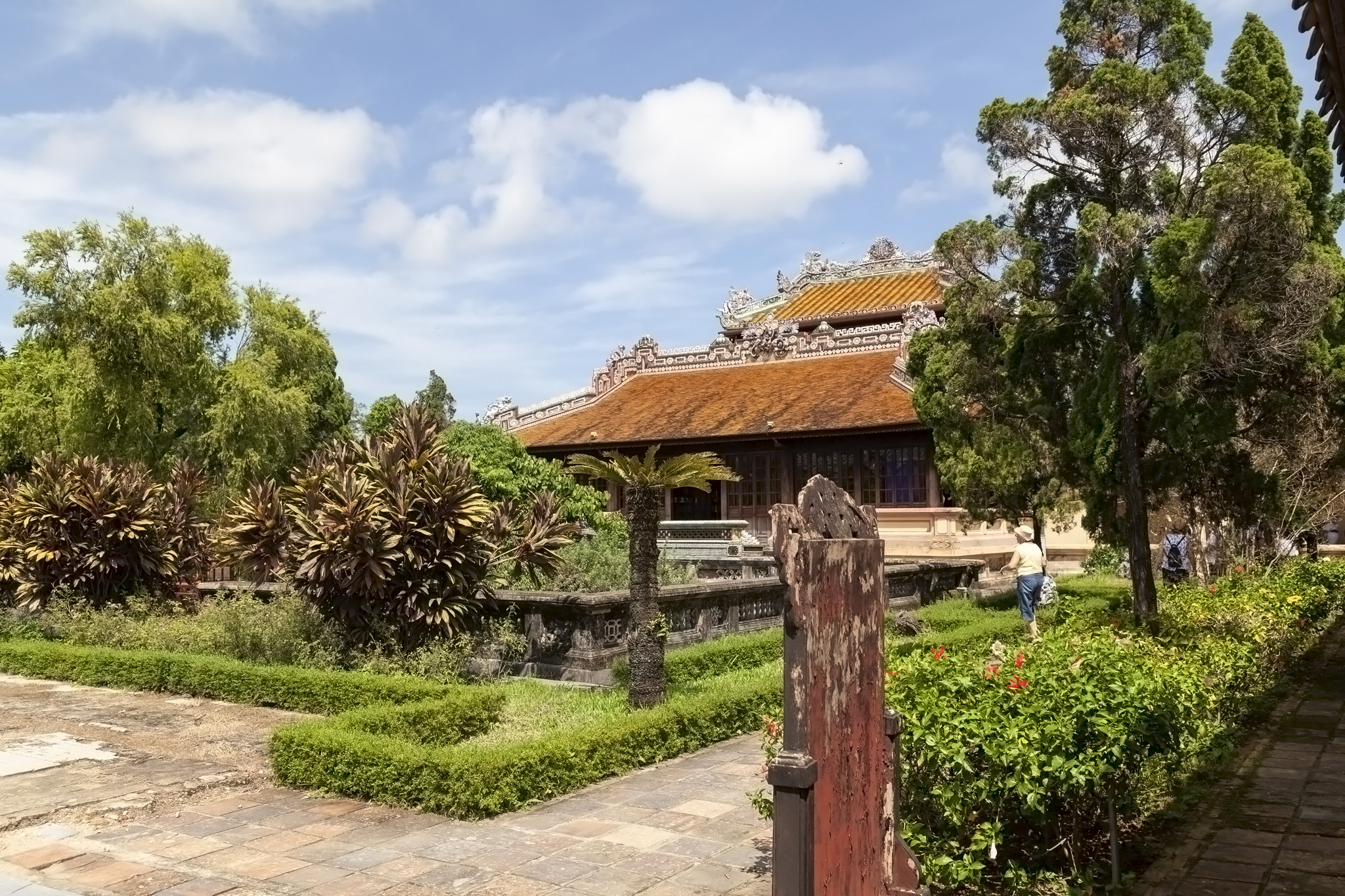


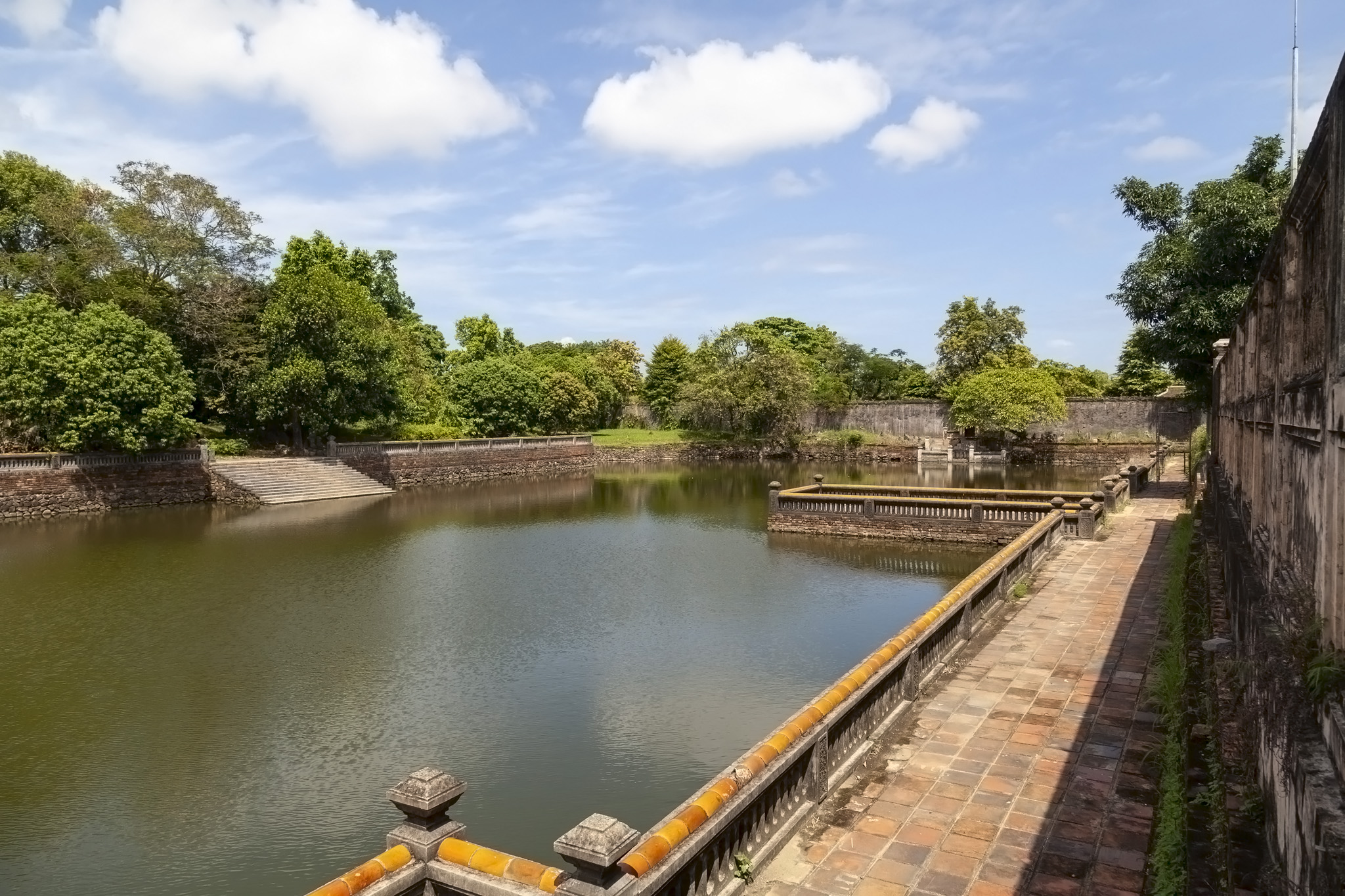








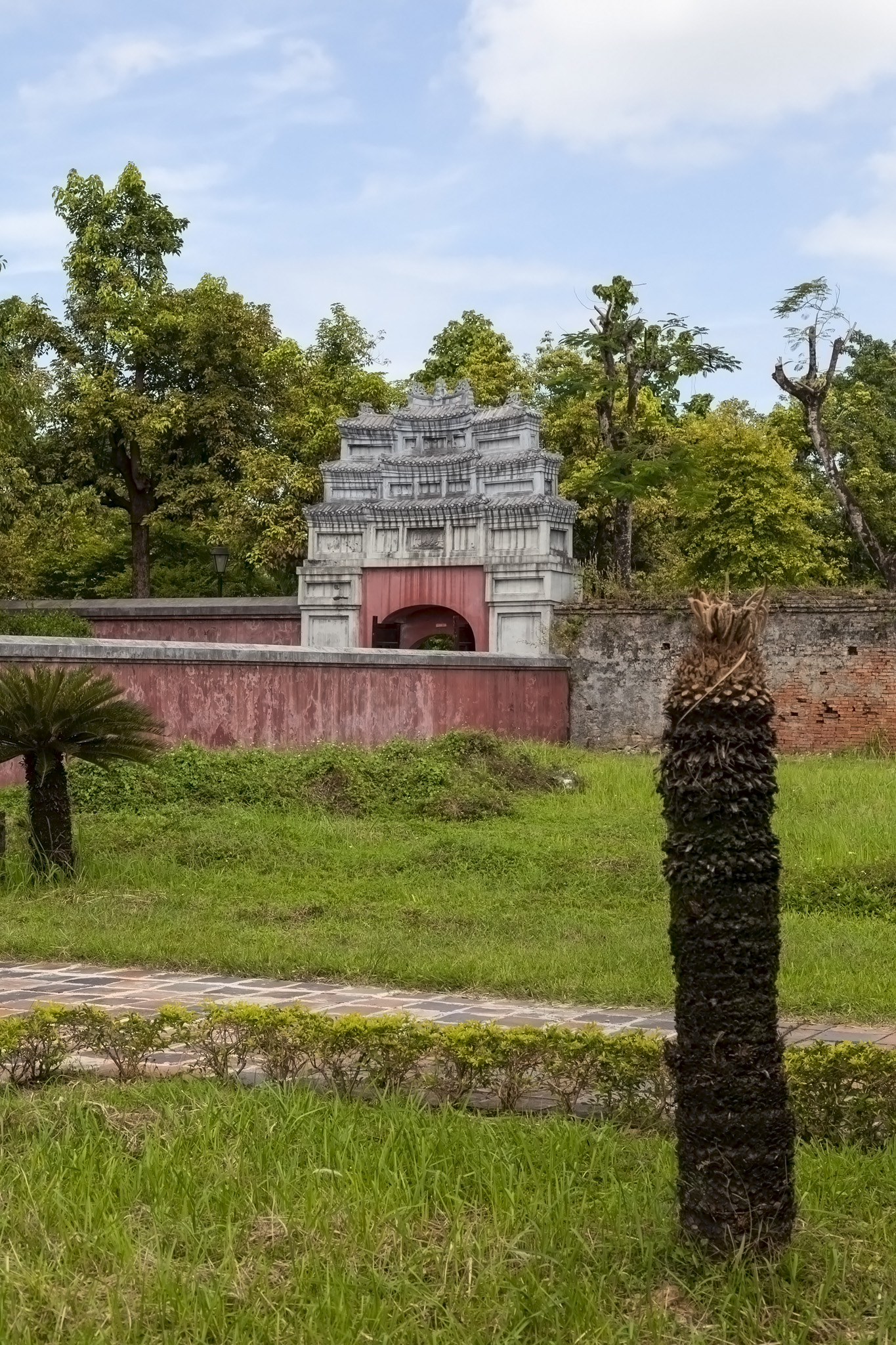


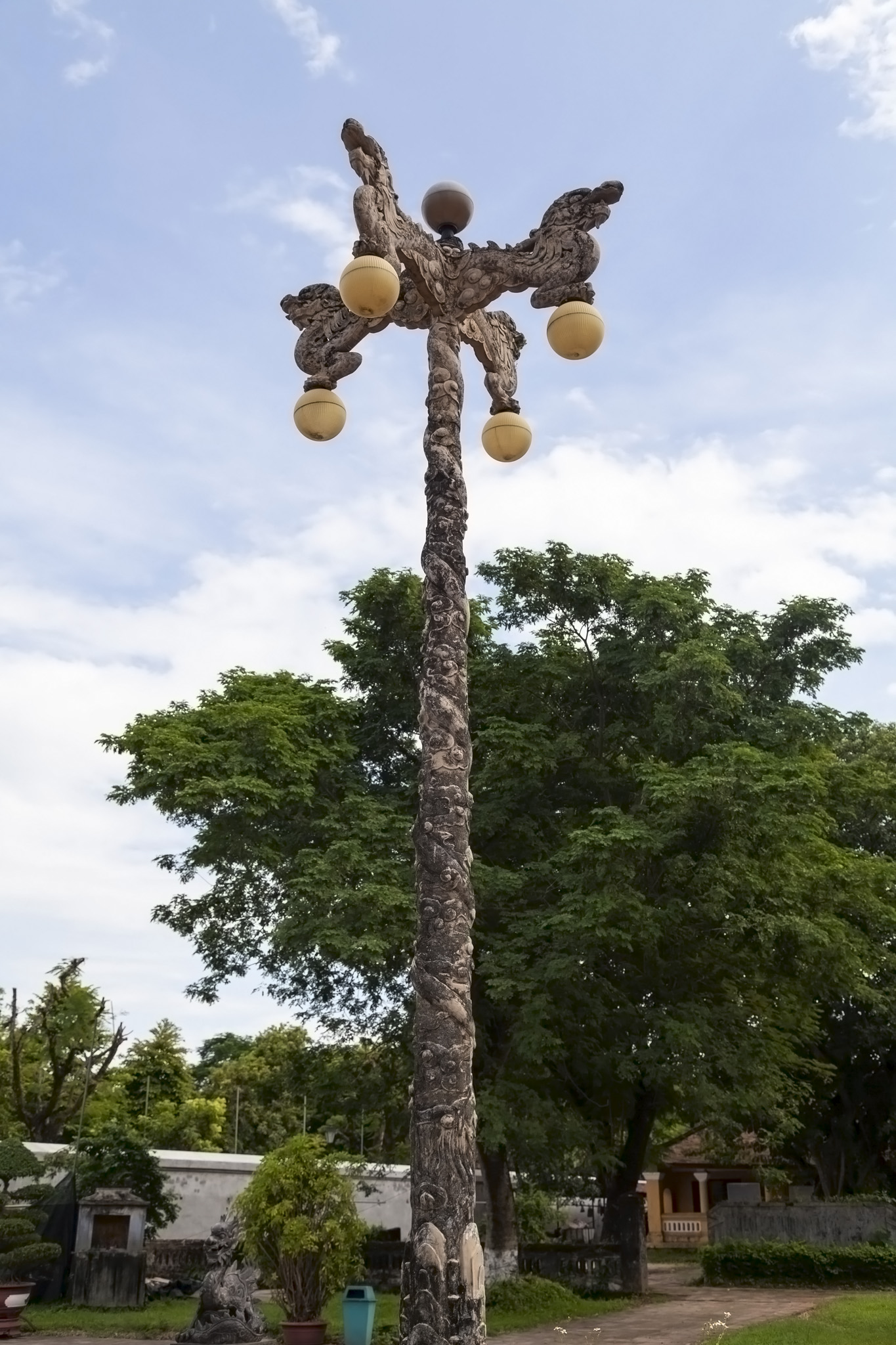









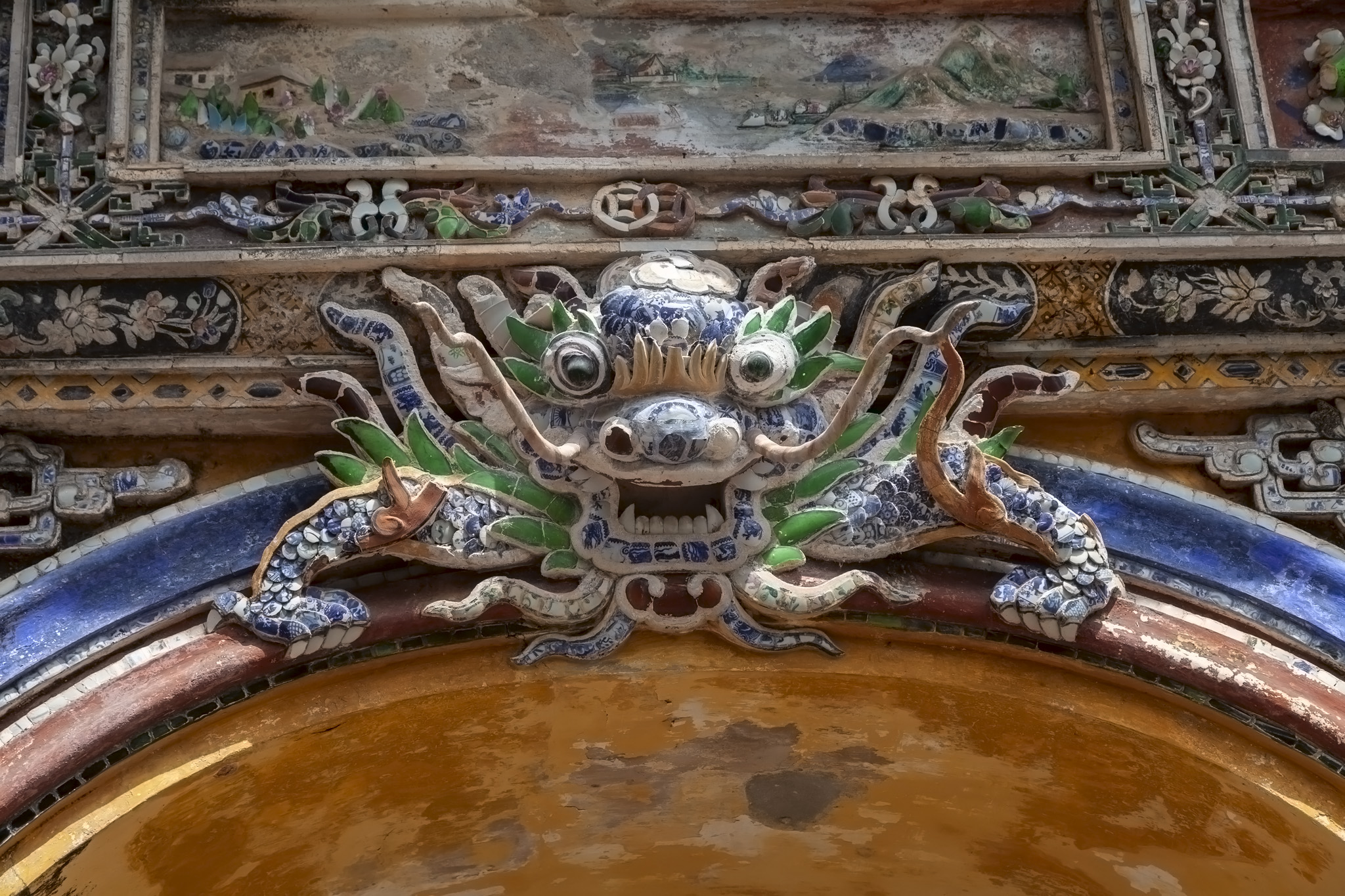

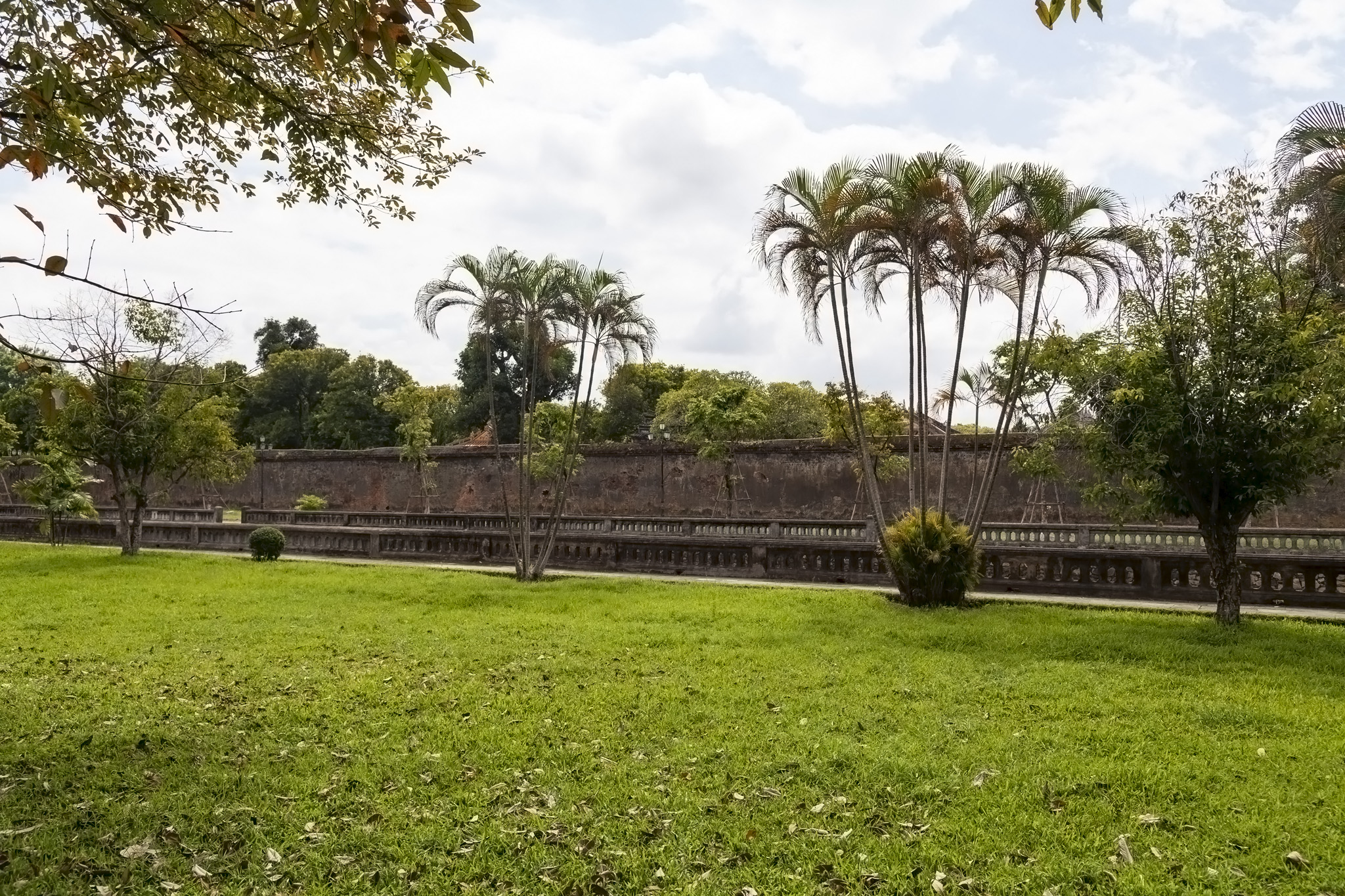


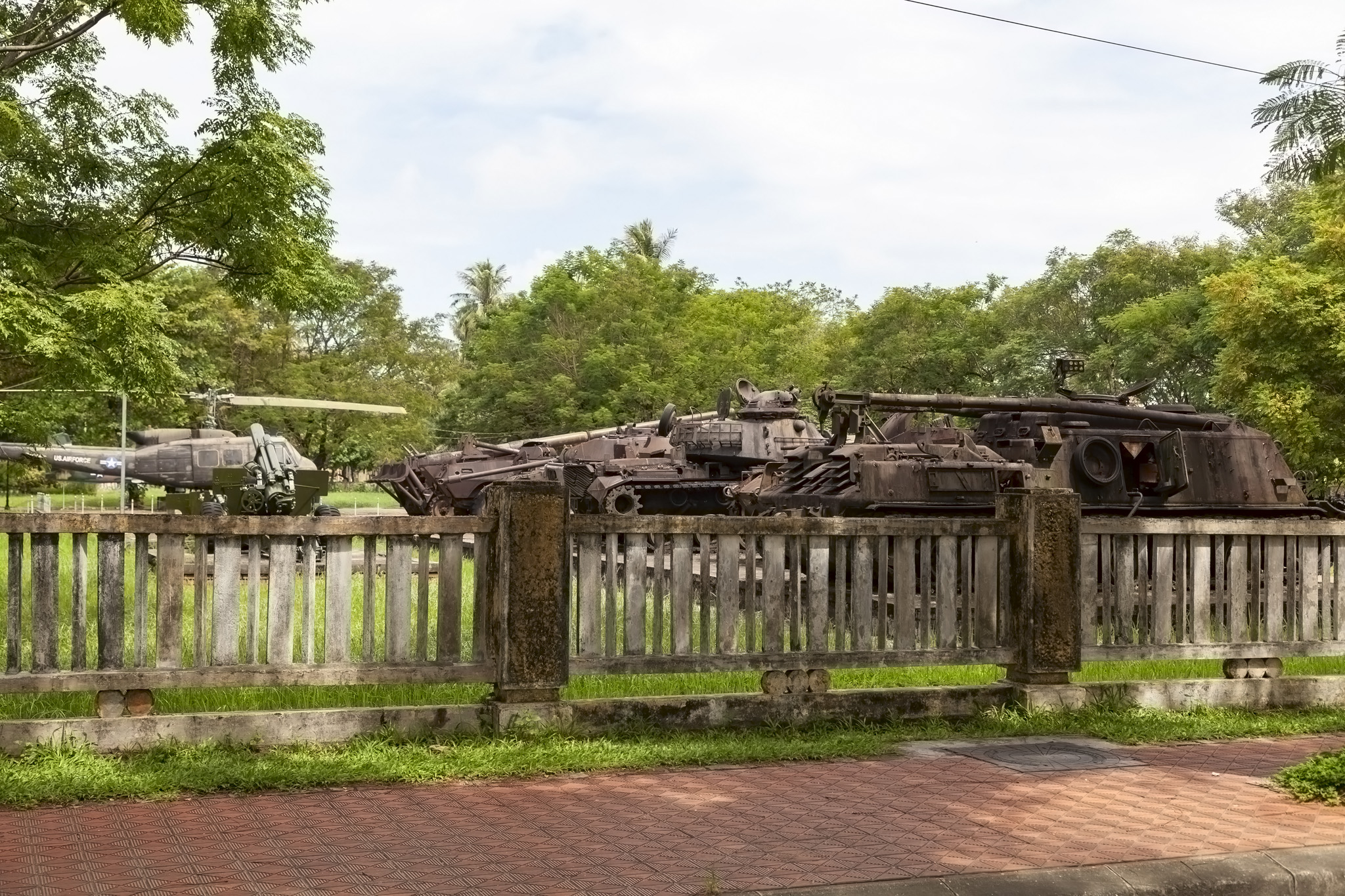


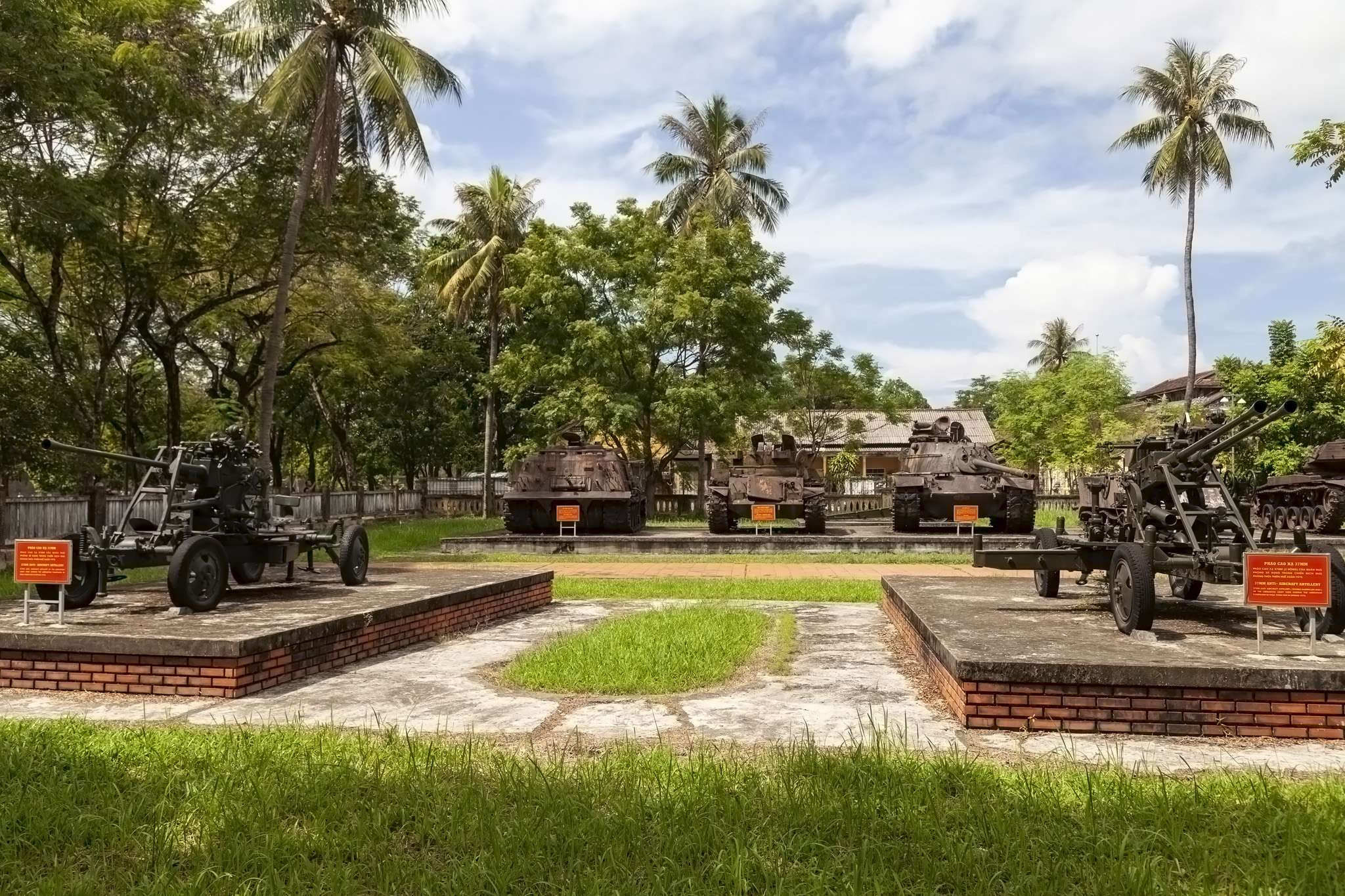
The Silver Spirit only docked for one day in Chan May, so we were all forced to choose between Hoi An/Marble Mtn/Danang/China Beach (Hoi An is another UNESCO site), Hue, and the Cham ruins nearby. In contrast, the ship spent THREE DAYS in Saigon, which is pretty much bereft of the kinds of ruins and historical sites (other than recent history) that is accessible from Chan May. Why the ship couldn’t have at least divided the time equally between the two ports is beyond me. Saigon is a total waste of time, so I’d have been happy skipping it altogether.
Based on your comment here, did you end up doing Hué then, or did you go for Hoi An? I know that if we head back that way we said we’d love to see Hoi An next time around but loved what we saw in the imperial city. We’d seen some Cham ruins when we visited a decade earlier and when we’d been in the vicinity of Ho Chi Minh back then we’d taken a tour inland to the Cu Chi tunnels so never got to see any of the capital.